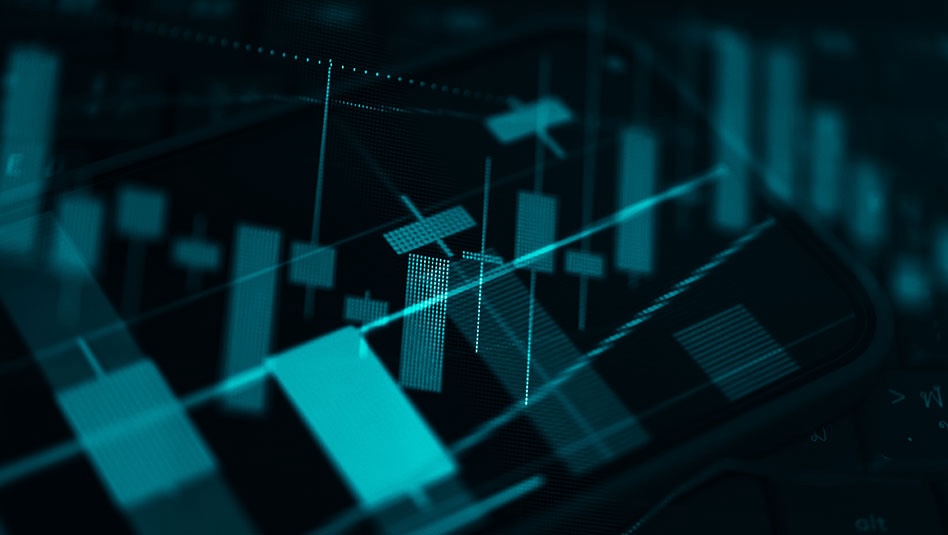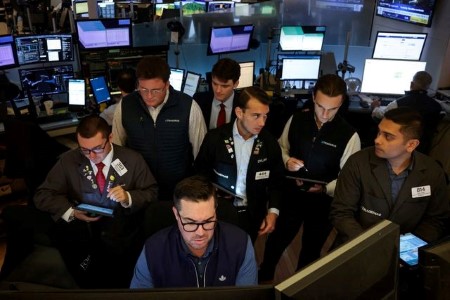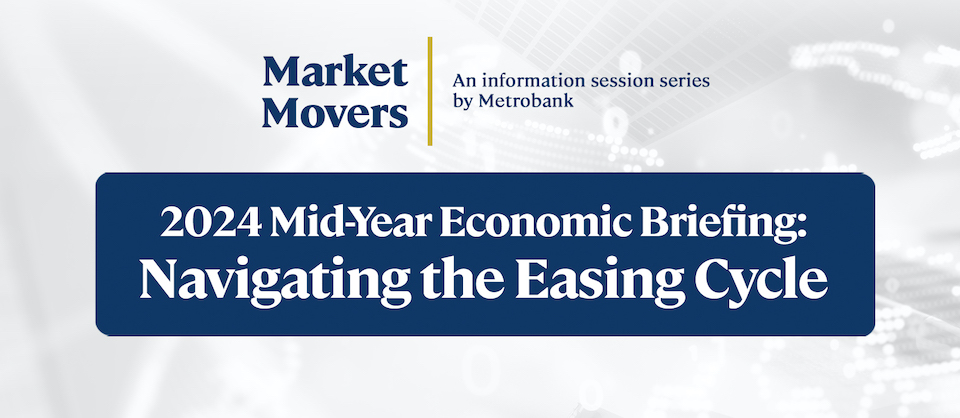




Policy Rate Updates: Double cut finale
 DOWNLOAD
DOWNLOAD

Monthly Economic Update: One for the road
 DOWNLOAD
DOWNLOAD

Inflation Update: Still low, still slow
 DOWNLOAD
DOWNLOAD


Is US stock rally near ‘Mag 7’ turning point?: McGeever

ORLANDO, Florida – As investors brace for the busiest week of the US earnings season, with four of the ‘Magnificent Seven’ tech giants reporting, debate is picking up again about these megacap firms’ influence over US equity indexes and whether we could be seeing the beginnings of true market broadening.
By some measures, this small clutch of tech titans’ profits, market cap, and valuations as a share of the wider market has never been bigger. Broader indices are at record highs, but strip out these firms and the picture is much less rosy.
Indeed, since the beginning of 2023, the S&P 500 composite – the benchmark ‘market cap’ index increasingly dominated by the ‘Mag 7’ – has gained 67%, more than double the ‘equal-weight’ index’s 32%.
Only two years ago, the S&P 500 composite/equal-weight ratio was 0.66, meaning the composite index was worth around two-thirds of the equal weight index. That ratio is now 0.84, the highest since 2003.
There’s good reason for that.
According to Larry Adam, chief investment officer at Raymond James, 12-month forward earnings estimates for the S&P 500 have outpaced estimates for the equal-weight index by 14%. And Tajinder Dhillon, senior research analyst at LSEG, notes that the ‘Mag 7’ last year accounted for 52% of overall earnings growth.
Many investors and analysts consider it unhealthy to have the fate of the entire market dependent on so few companies. It may be fine when they’re flying high, but not so much if one or two of them take a dive. Plus, it makes stock picking more difficult. If the market basically goes where the ‘Mag 7’ or Nvidia go, why should an investor bother buying anything else? That’s a recipe for market inefficiencies.
YACHTS AND ALL BOATS?
There have recently been nascent signs that the market may be broadening out beyond tech and AI-related names, largely thanks to positive news on the trade front. Last week, the equal-weight index eclipsed November’s high to set a fresh record.
Raymond James’s CIO Adam notes that the equal-weight index outperformed the S&P 500 last week for the fourth week in the last 13. More of the same this week would mark its first monthly outperformance since March.
Can it hit this mark? Around 160 of the S&P 500-listed firms report this week, including Meta and Microsoft on Wednesday and Amazon and Apple on Wednesday. It’s not a stretch to say these four reports will move the market more than the rest combined.
LSEG’s Dhillon says the Mag 7’s share of total earnings growth is expected to fall to 37% this year and 27% next year. The expected earnings growth spread between Mag 7 and the wider index in the second quarter – 16.4% vs. 7.7% – is the smallest since 2023, and will shrink more in Q3, he adds.
Larry Adam at Raymond James, however, thinks the recent market broadening is a “short-term normalization” rather than a “material shift”. He thinks the earnings strength of the tech-related sectors justifies the valuation premium on these stocks.
Regardless, what we know for sure is that fears about the market’s concentration and narrowness have been swirling for years and there has yet to be a reckoning. The equal-weight index’s rise to new highs last week suggests the rising tide is lifting all boats, not just the billionaires’ yachts.
Essentially, the Mag 7 and large caps are outperforming, but if you peel back the onion, other sectors like financials and industrials are also doing well. And look around the world. Many indices outside the US that aren’t tech-heavy are approaching or printing new highs also, like Britain’s FTSE 100 and Germany’s DAX.
“To see the largest names leading isn’t a worrisome sign, especially as they are backing it up with very strong earnings,” says Ryan Detrick, chief market strategist at Carson Group. “This isn’t a weak breadth market, it is broad based and a very healthy rally.”
This week’s earnings might go some way to determining whether this continues for a while yet.
(The opinions expressed here are those of the author, a columnist for Reuters)
(By Jamie McGeever; Editing by Chizu Nomiyama and Nia Williams)
This article originally appeared on reuters.com





 By Reuters
By Reuters